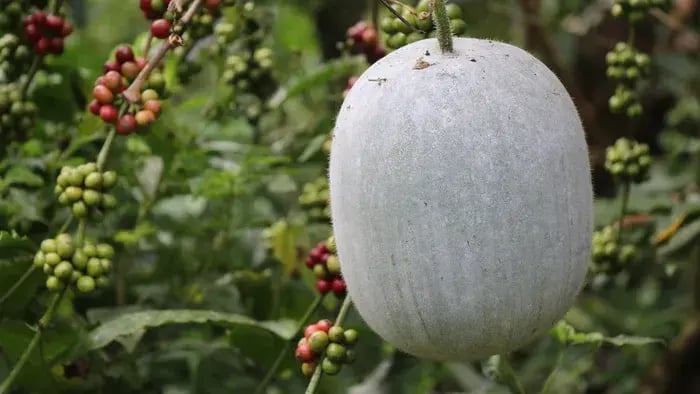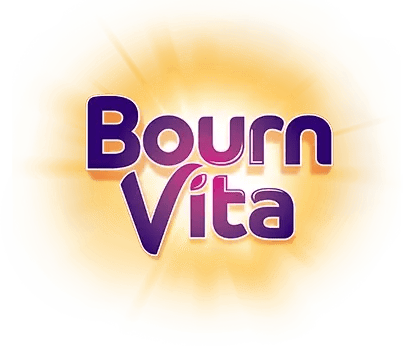Top 9 Summer Vegetables To Add To Every Child’s Diet
- Lauki
- Bhindi
- Torai
- Tinda
- Snake Gourd (Chichinda)
- Pointed Gourd (Parwal)
- Amaranth Leaves (Chaulai)
- Cluster Beans (Gawar Phali)
- Ash Gourd (Petha)
Introduction
Summer can bring tiredness, loss of appetite, and digestion issues in kids due to heat. Choosing the right seasonal vegetables during this time can help maintain energy, hydration and overall health. Indian summer vegetables are light, cooling, and easy to digest, perfect for your child’s daily meals.

Adding these vegetables to your child’s plate gives them essential nutrients like fibre, iron, vitamins A and C, and antioxidants. These help immunity, body temperature regulation and digestion. Most summer vegetables are easy to cook and can be added to sabzis, dals, parathas or even rice dishes that kids already love.
Vegetables like lauki, bhindi, tinda and torai are common in Indian kitchens and are known for their hydrating and soothing properties. With the right flavors and presentation, even fussy eaters can learn to love them. Including seasonal vegetables in meals encourages healthy eating habits and gives the body what it needs to stay cool and active during the hot months.
Top 9 Summer Vegetables To Add To Every Child’s Diet

Lauki
According to dietary guidelines, Lauki is full of water and very light on the stomach, perfect for summer. It prevents dehydration and supports digestion, two important factors for kids who are running around outside. You can make lauki sabzi, lauki paratha or even lauki dal. Its mild taste blends well with spices, so kids will love it when cooked right.
Bhindi
A study in Molecules 2021 shows that Bhindi is rich in iron, fibre, and vitamin C. It supports gut health and keeps energy levels stable throughout the day. Whether dry bhindi fry or with roti in a simple curry, kids already love bhindi. Bhindi also boosts immunity and is especially useful during seasonal changes that summer brings.
Torai
According to findings shared in FSSAI, torai is light, non-greasy, and rich in fibre and water content. It keeps your child’s system cool and supports smooth digestion. When cooked with basic masalas or added to moong dal, torai becomes a soft and tasty meal option. It also helps with stomach discomfort and heat-related issues.
Tinda
Data presented in, dietary guidelines, Tinda is a water-rich vegetable that is easy to digest and quick to cook. It works well in dry sabzis or mildly spiced gravies. Its softness makes it suitable for toddlers and young kids, especially when paired with dal and roti. Tinda helps in hydration and maintains electrolyte balance in the body during peak summer months.
Snake Gourd (Chichinda)
Chichinda is a lesser-known summer vegetable. Data presented in dietary guidelines, it’s cooling, fibrous and good for the liver. It’s especially helpful in keeping the digestive system light during heat. Add to dals or make a dry sabzi with basic spices. Its soft texture makes it a good fit for school lunchboxes and light dinners.
Pointed Gourd (Parwal)
A study in Pharmacogn Rev 2012 states that parwal is rich in vitamins A and C and antioxidants. It keeps digestion in check and is good for immunity. Parwal sabzi with a hint of cumin and turmeric can be served with roti or rice. It’s slightly crunchy when cooked till tender but not mushy.
Amaranth Leaves (Chaulai)
Published research in Sci Rep. 2020 mentions that chaulai is loaded with iron, calcium, and antioxidants. It improves blood health, supports bone strength, and prevents fatigue. You can make chaulai sabzi, stuff it in parathas or even blend it into dal. These leafy greens are a great way to keep your child’s iron levels steady during the active summer season.
Cluster Beans (Gawar Phali)
According to a study published in Indian J Med Res. 2012 gawar phali is a good source of fibre and helps in blood sugar regulation. It also supports digestion and maintains gut health, which is important when children are exposed to heat and irregular routines. Gawar sabzi made with simple masalas pairs well with roti or rice and gives a light meal option.
Ash Gourd (Petha)
Data presented in dietary guidelines, Petha is known for its cooling properties and high water content. It’s rich in minerals and good for hydration and digestion. You can use it in sabzis, add to soups or blend into a summer-friendly juice with a hint of lime and rock salt. It’s especially helpful in preventing heat exhaustion and keeping energy levels stable.
Conclusion

Summer vegetables are not just about filling the plate they keep your child hydrated, energized, and healthy through the season. Vegetables like lauki, bhindi, torai and chaulai are not only nutritious but also easy to cook and pair well with everyday Indian meals. Adding these to your child’s diet builds immunity, improves digestion and supports natural hydration, and teaches them to eat wholesome seasonal food.
Her love for storytelling began with reading her grandfather’s speeches, where Tarishi saw the power of words in creating lasting memories. Combining her passions for food and writing, she has turned her life into a fulfilling path of sharing stories that celebrate flavours and how food brings communities together.
The views expressed are that of the expert alone.
The information provided in this content is for informational purposes only and should not be considered a substitute for professional medical advice, diagnosis, or treatment. Always seek the advice of your physician or another qualified healthcare provider before making any significant changes to your diet, exercise, or medication routines.
References
https://pmc.ncbi.nlm.nih.gov/articles/PMC3361879/
https://pmc.ncbi.nlm.nih.gov/articles/PMC6987210/
https://pmc.ncbi.nlm.nih.gov/articles/PMC3358970/
https://www.nin.res.in/dietaryguidelines/pdfjs/locale/DGI24thJune2024fin.pdf
https://www.fssai.gov.in/upload/uploadfiles/files/Direction_New_compressed.pdf
https://pmc.ncbi.nlm.nih.gov/articles/PMC7865958/
https://www.nin.res.in/dietaryguidelines/pdfjs/locale/DGI24thJune2024fin.pdf
















